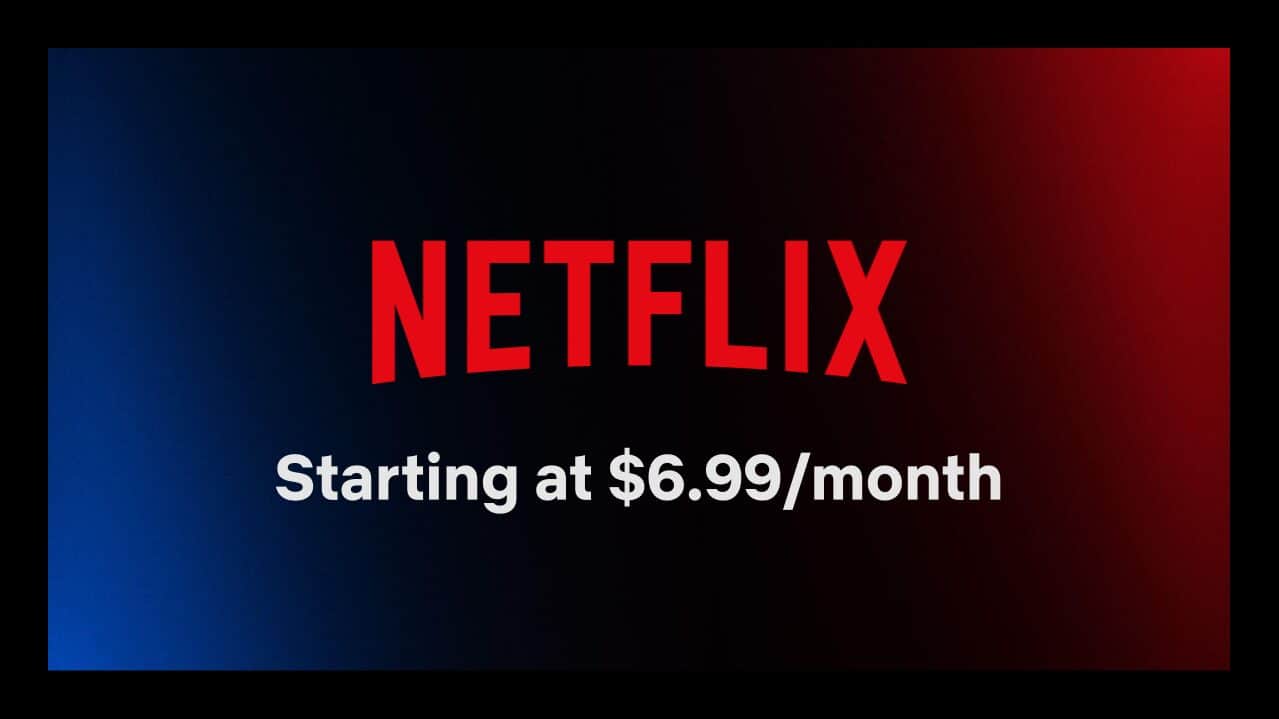Netflix looking to win back unsubscribed users with less ads, report says
2 min. read
Published on
Read our disclosure page to find out how can you help MSPoweruser sustain the editorial team Read more

According to a fresh report from AdExchanger, it seems that Netflix has adopted a strategy to tackle subscriber churn by integrating ads into its service, aiming to provide a lower-cost subscription option.
This approach appears to be effective in retaining users. During a recent earnings call, Netflix shared that the initiative has led to a notable increase in ad-supported sign-ups in the third quarter?. The ultimate goal with this ad tier is not to generate revenue from ads per se, but to attract new sign-ups with a more affordable subscription choice.
Despite losing 970,000 subscribers in Q2, the introduction of this cheaper ad-supported tier helped curb the loss significantly compared to the anticipated two million subscriber loss. The overall revenue still saw a 9% increase, indicating a positive response to the new ad strategy?3?. Furthermore, a survey showed that 43.1% of existing Netflix subscribers expressed a willingness to switch to this lower-cost, ad-supported version?.
Netflix is leveraging a lower-ad strategy to enhance subscriber retention by offering a more affordable, ad-supported tier. The recent surge in ad-supported sign-ups in Q3 has contributed to a higher-than-expected growth in overall memberships, which was also aided by banning account sharing. The challenge lies in balancing the ad tier to keep both new and returning subscribers engaged while ensuring a sustainable revenue model. The ad-supported tier aims at higher average revenue per user compared to ad-free subscriptions, yet Netflix is cautious to not deter its ad-supported viewers with excessive ads, especially those rejoining after cancellation.
Interestingly, returning subscribers are welcomed with a lesser ad load compared to long-term subscribers, which gradually increases as they consume more content. This nuanced approach reflects in a viewer’s experience where the ad frequency was significantly less than the usual four minutes per hour, with some ad markers even being skipped. Despite the gradual venture into advertising, with notable brands featured, the ad revenue remains marginal as per Netflix’s executives. The launch of binge ads, allowing an ad-free episode post a pre-roll commercial, reflects Netflix’s endeavor to maintain a near non-interruptive streaming experience while accommodating advertising. This strategy, juxtaposed against a faster-growing Disney+ ad tier, posits Netflix in a delicate position of satisfying both viewers and advertisers amidst evolving ad strategies.








User forum
0 messages